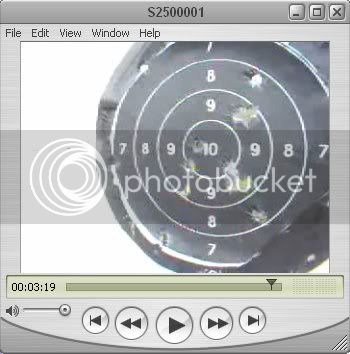pepperbelly
45 Cal.
- Joined
- Nov 1, 2004
- Messages
- 895
- Reaction score
- 4
This past weekend when I tried out my 1777 Charleville musket again I am getting stumped by something.
Since there is no rear sight I am having trouble imagining what the sight picture should look like.
I have tried "sighting" over the breech with the top of the breech as level with my eye as possible. In other words I can't see the breech. If I lift my head a little I would be able to see the top of the breech, but my eye isn't so low that the top is hidden- it's sort of just barely above the breech end.
I have tried the front "sight" being barely visible and with it fully above the breech.
I was still shooting low. I haven't measured yet but I was hitting about 3" below my point of aim at 25 yards.
I think I should hold my head a little higher, and I can figure out out by trial and error, but is there a general rule of thumb I can go by?
I would like to have an idea of what it's supposed to look like so I can also figure out how bad my flinch is.
Thanks,
Jim
Since there is no rear sight I am having trouble imagining what the sight picture should look like.
I have tried "sighting" over the breech with the top of the breech as level with my eye as possible. In other words I can't see the breech. If I lift my head a little I would be able to see the top of the breech, but my eye isn't so low that the top is hidden- it's sort of just barely above the breech end.
I have tried the front "sight" being barely visible and with it fully above the breech.
I was still shooting low. I haven't measured yet but I was hitting about 3" below my point of aim at 25 yards.
I think I should hold my head a little higher, and I can figure out out by trial and error, but is there a general rule of thumb I can go by?
I would like to have an idea of what it's supposed to look like so I can also figure out how bad my flinch is.
Thanks,
Jim






